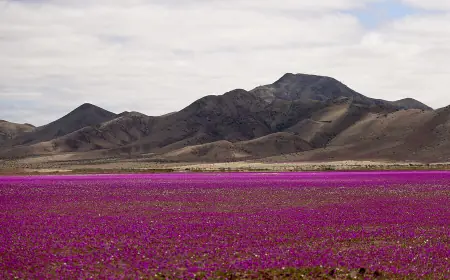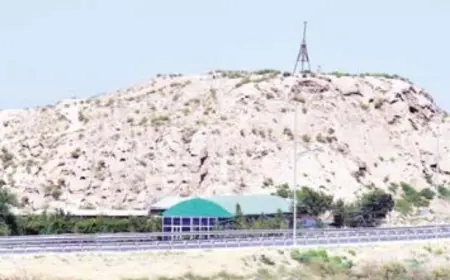The great silk road — history and its role in global cult
The Great Silk Road is one of the most iconic and influential trade routes in human history. It connected the East with the West, stretching across thousands of kilometers and linking numerous civilizations. This route was not only used for trade but also for the exchange of religions, cultures, knowledge, and technology — shaping the development of human civilization across continents.

1. Origin of the Silk Road
The Silk Road emerged during the 2nd century BCE, under the Han Dynasty in China. It initially served to export Chinese silk, a highly coveted luxury in the Roman Empire. Over time, the route expanded to include porcelain, paper, spices, and other valuable goods, while goods such as gold, silver, glassware, horses, and weapons were brought from the West.
Along with goods, the route also transported ideas, scholars, monks, missionaries, and artisans. Buddhism traveled from India to China, while Islamic and Christian teachings spread east and west. The Silk Road became a channel for intercultural dialogue and religious exchange.
2. Main routes and regions
The Great Silk Road had multiple branches, both land and maritime:
-
Eastern section: Started in Chang’an (modern-day Xi’an), China, and passed through the Gansu and Xinjiang regions.
-
Central Asia: Included present-day Kazakhstan, Uzbekistan, Turkmenistan, and Kyrgyzstan. Major cities like Samarkand, Bukhara, Merv, and Khwarezm became key trade and cultural hubs.
-
Western route: Continued through Persia (Iran), Mesopotamia (Iraq), Anatolia (Turkey), and into Europe.
-
Sea routes: Connected China with India, the Arabian Peninsula, East Africa, and Europe via the Indian Ocean and Mediterranean Sea.
3. Impact of the Silk Road
-
Economic development: Boosted trade, urban growth, and artisanal production.
-
Cultural exchange: Mixed architectural styles, languages, and traditions.
-
Religious diffusion: Buddhism, Islam, and Christianity spread across the continents.
-
Scientific progress: Paper-making, printing, gunpowder, medicine, and astronomy spread from East to West.
-
Global connectivity: Linked the civilizations of China, India, Persia, the Arab world, and Europe.
4. Decline
By the 14th–15th centuries, the importance of the Silk Road declined due to:
-
Discovery of new maritime trade routes (notably by Vasco da Gama)
-
Political instability in Central Asia and the Middle East
-
Rise of ocean-based trade dominance
-
Decline of empires that maintained security along the route
5. Modern significance
In the 21st century, the legacy of the Silk Road is being revived through China’s “Belt and Road Initiative,” which aims to re-establish trade corridors and cultural ties using modern infrastructure and logistics networks.
Turkmenistan plays a vital role due to its strategic location, serving once again as a transit point connecting East and West.
The Great Silk Road is more than an ancient trade route — it is a symbol of global cooperation, economic growth, and cultural richness. Its legacy continues to inspire modern international collaboration and development.



























